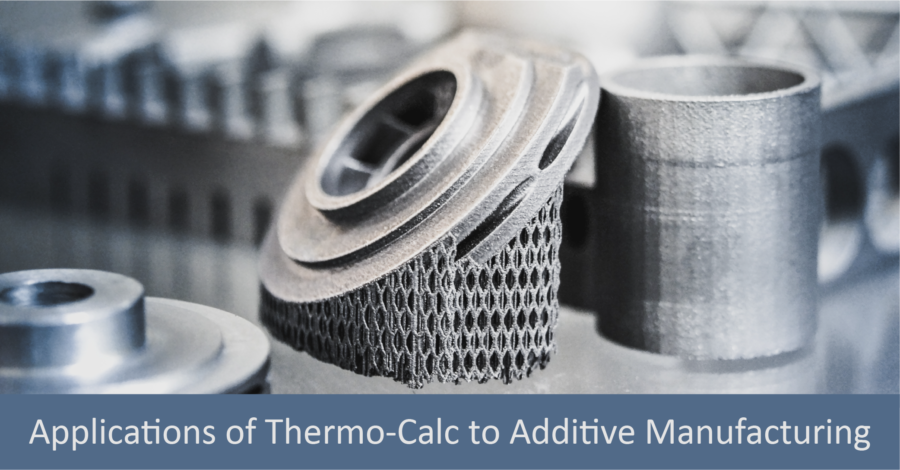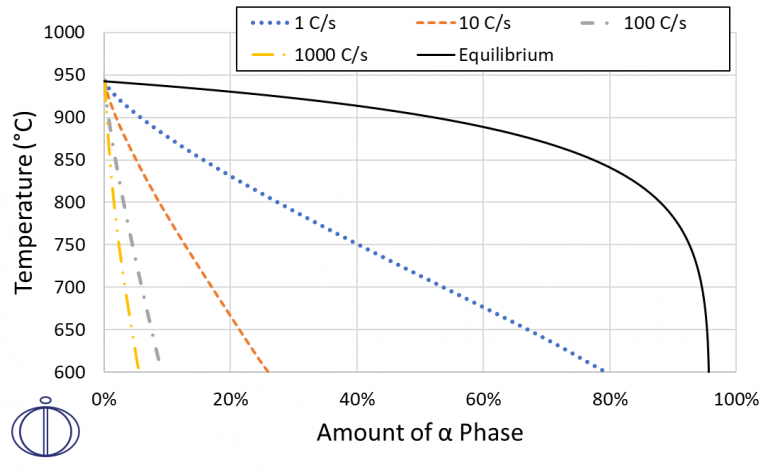Applications of Thermo-Calc to Additive Manufacturing of Metals

WEBINAR: Improving Metal Additive Manufacturing with Integrated Materials Modeling
This webinar, hosted by ASM International, discusses how materials modelling tools such as Thermo-Calc can help you improve additive manufacturing. The webinar includes three case studies showing how Thermo-Calc has already been applied to this rapidly advancing field. In this webinar, you will learn about the CALPHAD approach, including:

A calculated phase fraction of alpha for a B homogenized Ti-6-4Al alloy during continuous cooling through diffusion controlled simulations from the presentation. The figure was recalculated based on: R. Martukanitz et al. Toward an integrated computational system for describing the additive manufacturing process for metallic materials / Additive Manufacturing 1–4 (2014) 52–63 61.